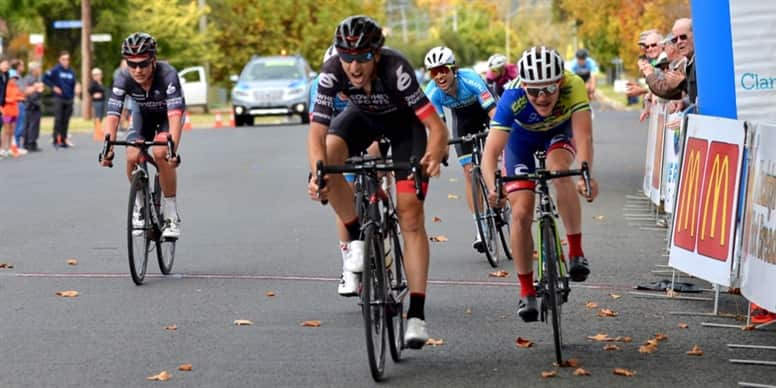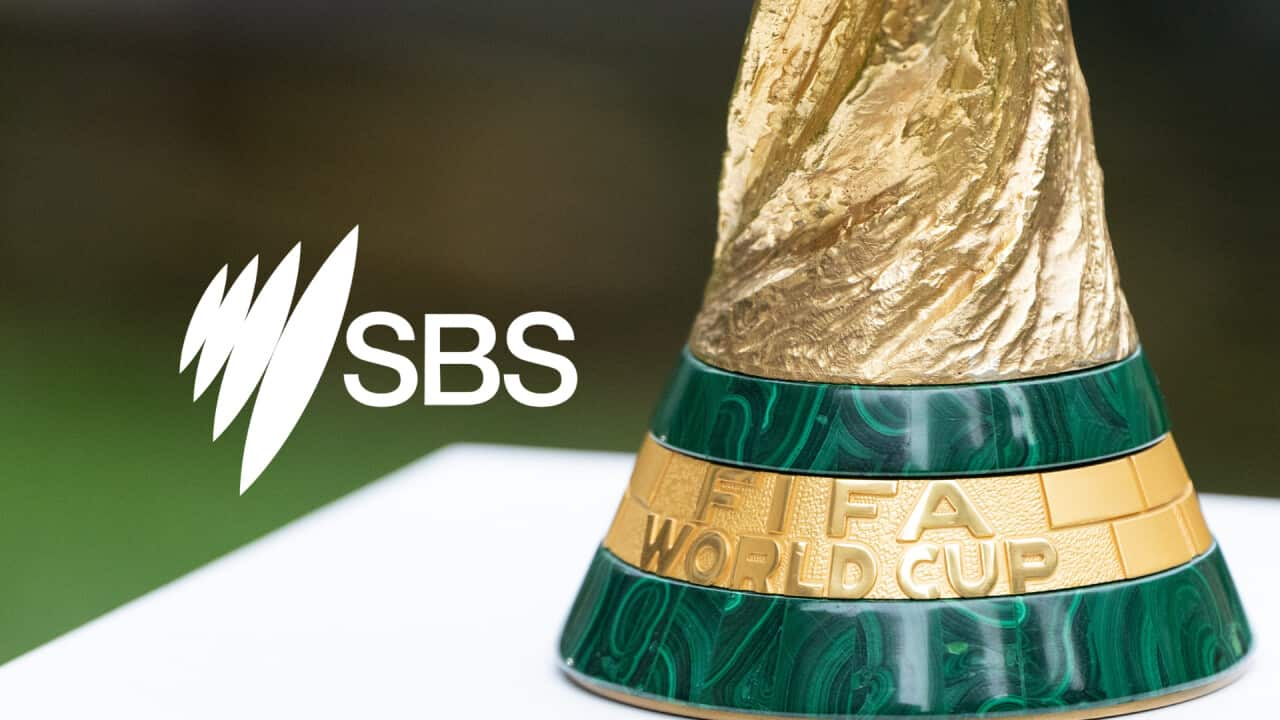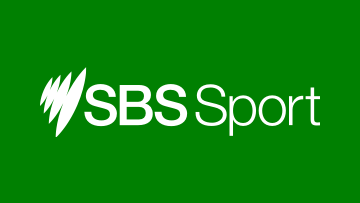In recent years, the National Road Series has suffered from cancellations of events, mixed interest from sponsors and diminished engagement from the spectating public. The lack of clear direction from CA for organisers and teams during this period was often cited as a major problem by stakeholders.
Today's announcement by CA has shown a willingness to solicit feedback, engage and come up with solutions within the constraints of a limited budget. Whilst the 2017 NRS was long and drawn out, beginning in February and continuing all the way into November, the 2018 NRS season will be split into three distinct parts:
- The 'Classics' - A series of one-day events running over a 4-6 week period in April and May. Existing events like the Grafton to Inverell and the Melbourne to Warrnambool will be the headline races, with speculation that events like the Bathurst Cycling Classic (formerly Blayney to Bathurst) will join the calendar. The Melbourne to Warrnambool won't be run until the 2019 season, with existing funding arrangements unable to cope with an immediate shift to an earlier date.
- National Road Series (Tours) - The back half of the season has always been the most intense block of local racing, especially for the men's teams, whilst the women's races don't have much of a cohesive schedule at all. That will change in 2018 with the focus on a more compressed calendar that will service the needs of teams with races to be contained between August and November.
- National Criterium Series - Four events scheduled between November and February in a criterium format. Long overdue, this idea leverages the growth of the summertime short-format events, a number of which are already hugely popular. Easy to watch on site, easy to stream or broadcast - even on a shoestring budget - a criterium series makes a lot of sense. Four events over that time period seems a very light schedule, however.

Neil van der Ploeg (centre) edges out Matt Ross (right) at this year's edition of the Grafton to Inverell Source: Bruce Wilson/Veloshotz
"It's obviously a big change," Kaufmann said, "but it's one that we thought that presents the series in the best possible position moving forward.
"We've focused on making changes based on feedback that we've received from the race organisers and the team managers. We've been conducting reviews after each race of the season this year and we'll keep on looking at doing that 360-degree review process throughout the season next year as well.
"We're not expecting it to be perfect in this first year and I'm sure there will be some teething problems but it's about learning from that and moving on towards a vision for cycling in Australia."
The proposed changes are not going to be supported with any major investment into the NRS, with the lack of sponsorship still a major issue for CA, events and teams with a general lack of exposure for sponsors within Australia. Rather, it appears to be focused on getting things right first at the racing level before sinking money into what has proved a risky financial proposition in the past.
The announced changes also include a guide to more centralised and compact events, with a focus on shorter, circuit-based courses (similar to a world or national championships format) and locating races closer to population centres or tourist attractions, with the aim of getting more spectators roadside.
"It's about getting a product that we can bring to those other parties now and moving to a more concentrated and cohesive calendar is a big part of that," Kaufmann said. "The talks with organisers have been really positive so far, but obviously there's a lot more that goes into the decision-making process.
"There are already deals set in place with local councils, sponsors and logistical considerations, so it's about working through that with each event. But ultimately yes, it's about bringing the events closer to spectators and supporters so they can experience the racing. Shorter circuits and moving closer to the population centres are part of that." The most immediate outcome from the changes will be the implementation of rewards for finishing at the top of the NRS standings. For the 2018 season the top four teams will receive invites to the .1 and .2 UCI races (Santos Women's Tour, Herald Sun Tour and women's Cadel's) while five riders from the two top teams in the men's NRS will ride as part of the national team for the Tour Down Under and Cadel Evans' Great Ocean Road Race respectively.
The most immediate outcome from the changes will be the implementation of rewards for finishing at the top of the NRS standings. For the 2018 season the top four teams will receive invites to the .1 and .2 UCI races (Santos Women's Tour, Herald Sun Tour and women's Cadel's) while five riders from the two top teams in the men's NRS will ride as part of the national team for the Tour Down Under and Cadel Evans' Great Ocean Road Race respectively.

The NRS is a fertile ground for the development of Australian cycling talent. Shannon Malseed (pictured) recently signed with American team Tibco-SVB. Source: Con Chronis
The previous selection process for those national teams had come under fire in the past, mostly from riders and teams who felt that it wasn't a fair or transparent way of picking riders for what was a big chance to impress international teams and perhaps earn a World Tour contract.
By the standings, IsoWhey Sports-SwissWellness and NSWIS stand to benefit, but with NSWIS not racing next year it could fall to Mobius Future Racing, who finished third on the standings, or it might see a more traditional composite selection.
From an overall perspective, the moves are designed to make events more compact and accessible to spectators, provide a real incentive for top-level performance and develop a version of the NRS that can grow in the future. The goals are modest and very achievable, the question will be whether the 'new-look' NRS is successful enough to provide the grounding for further expansion.











